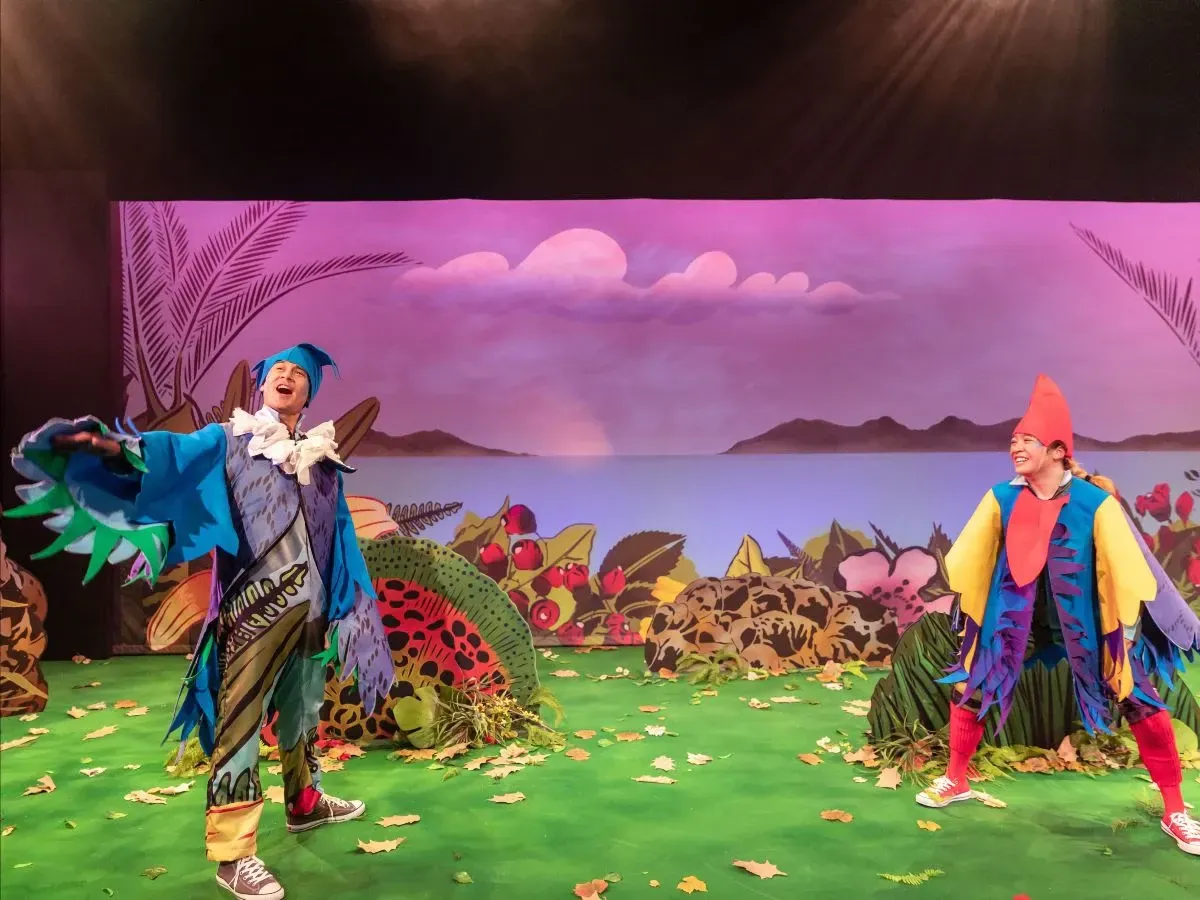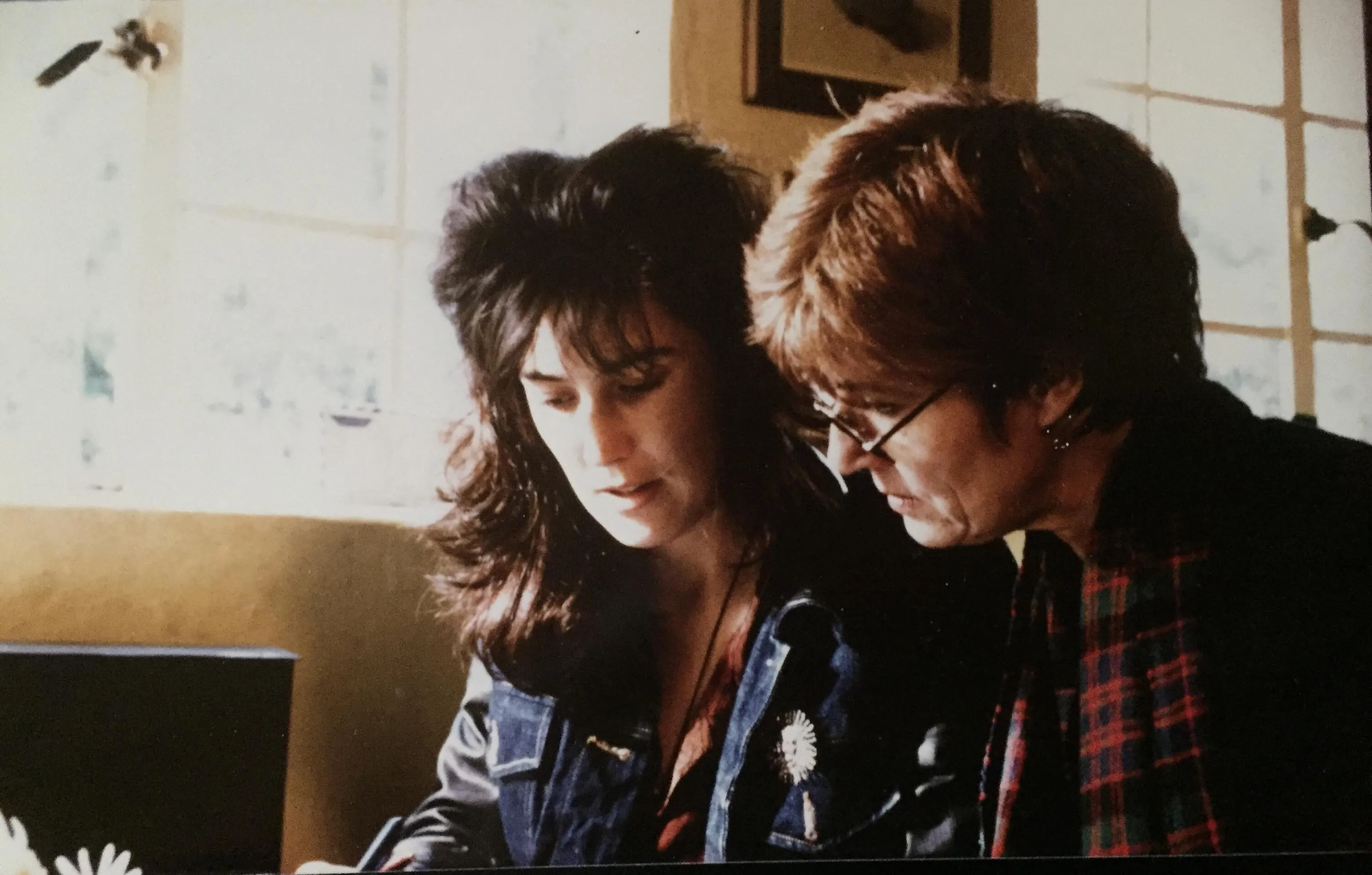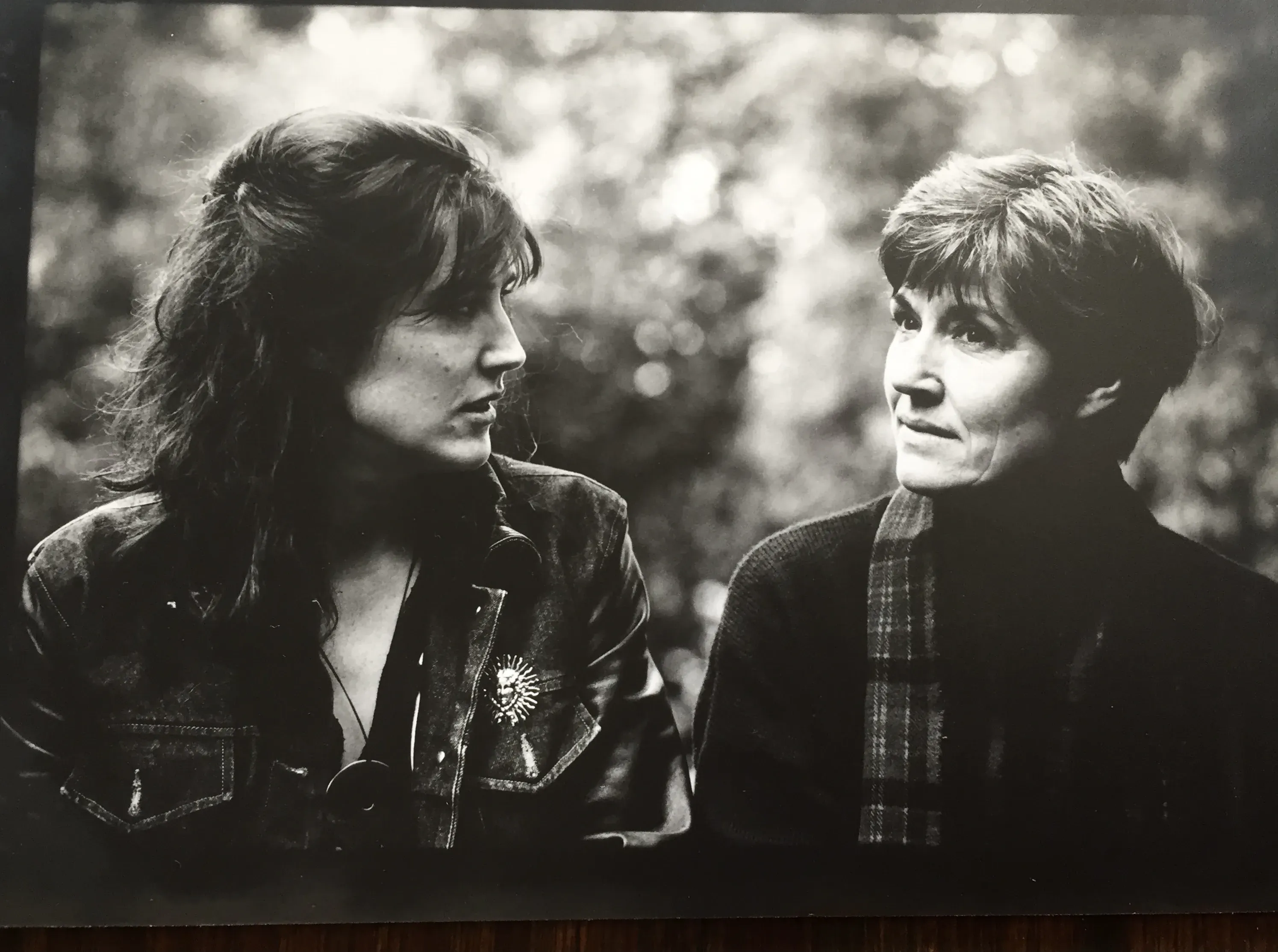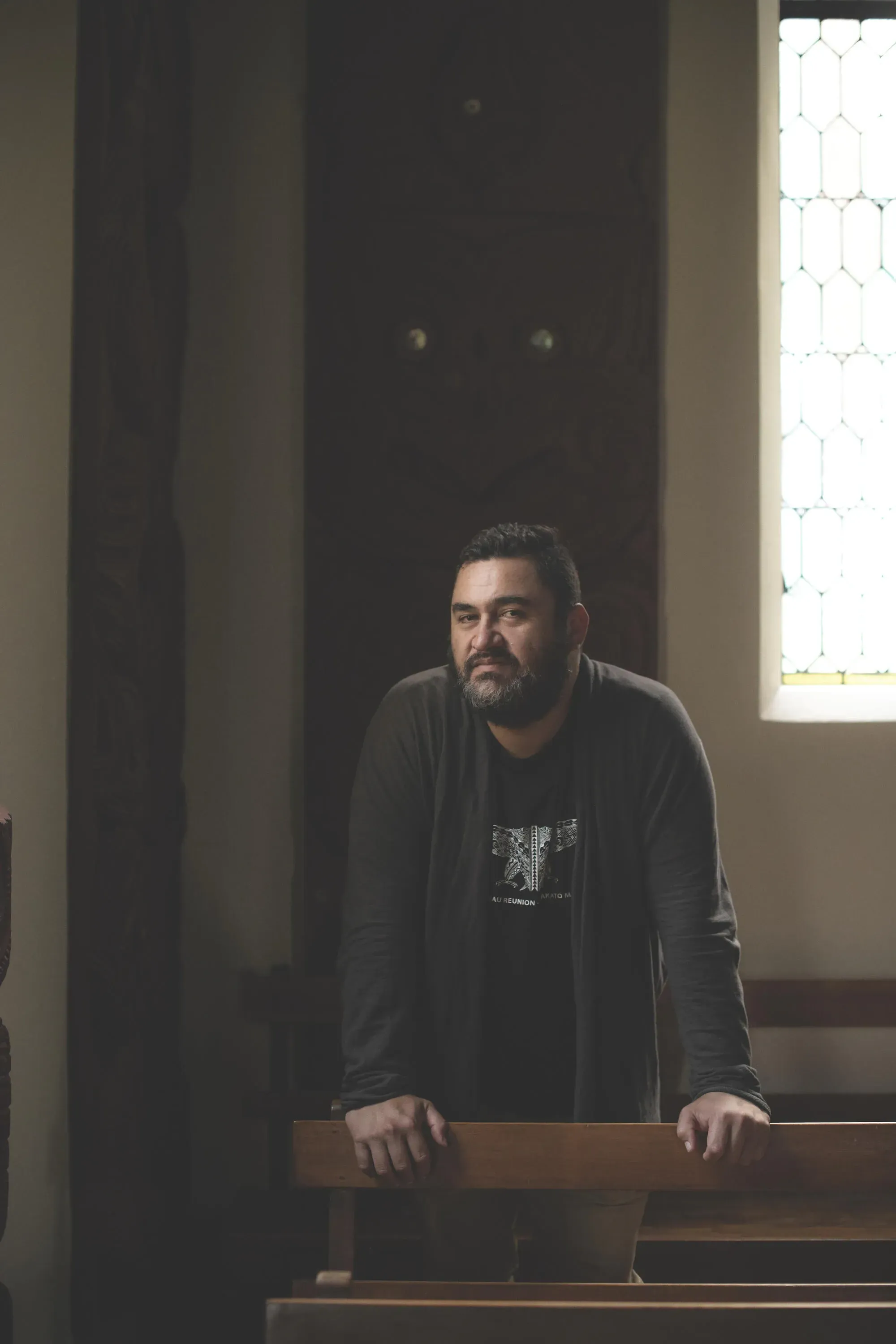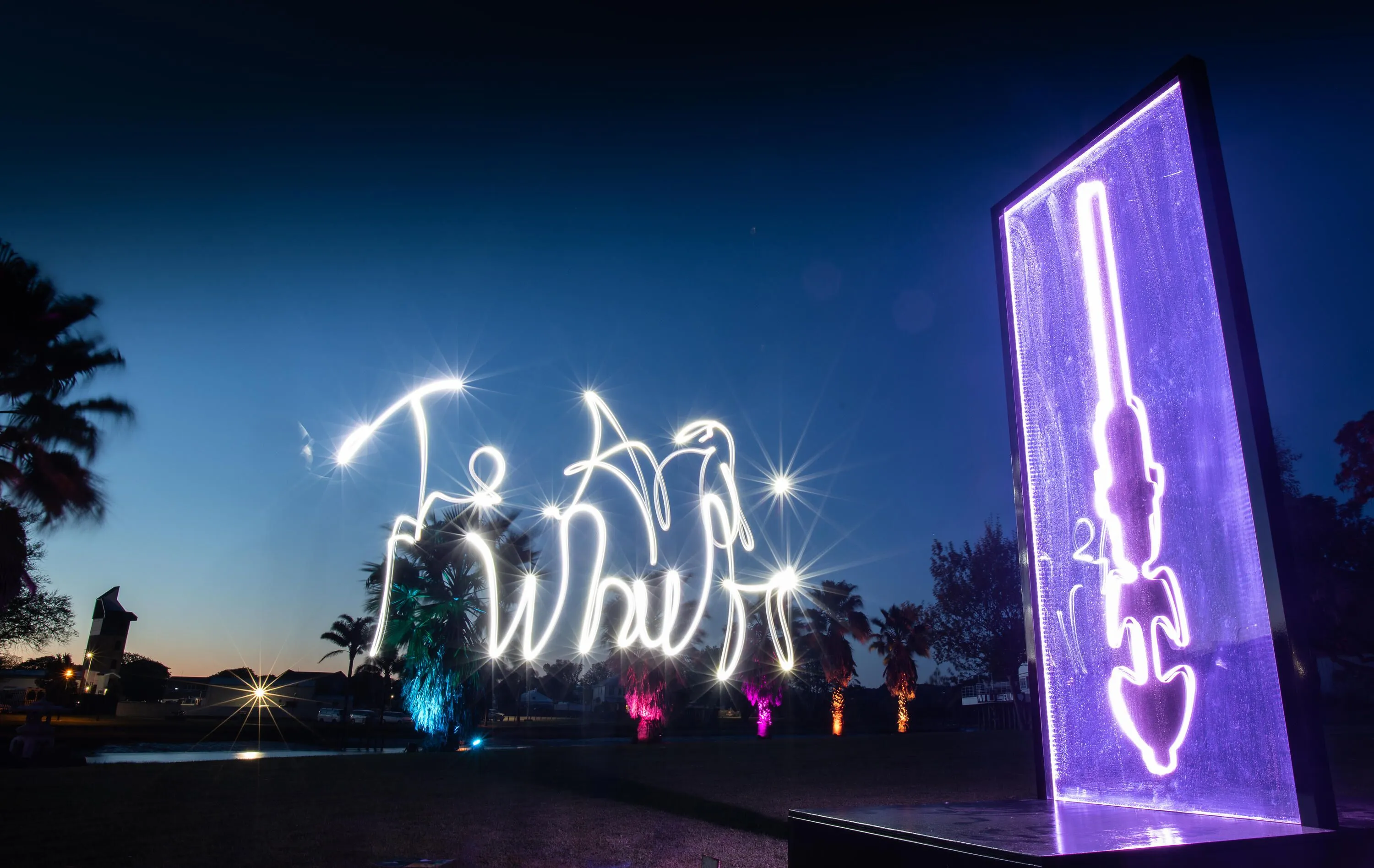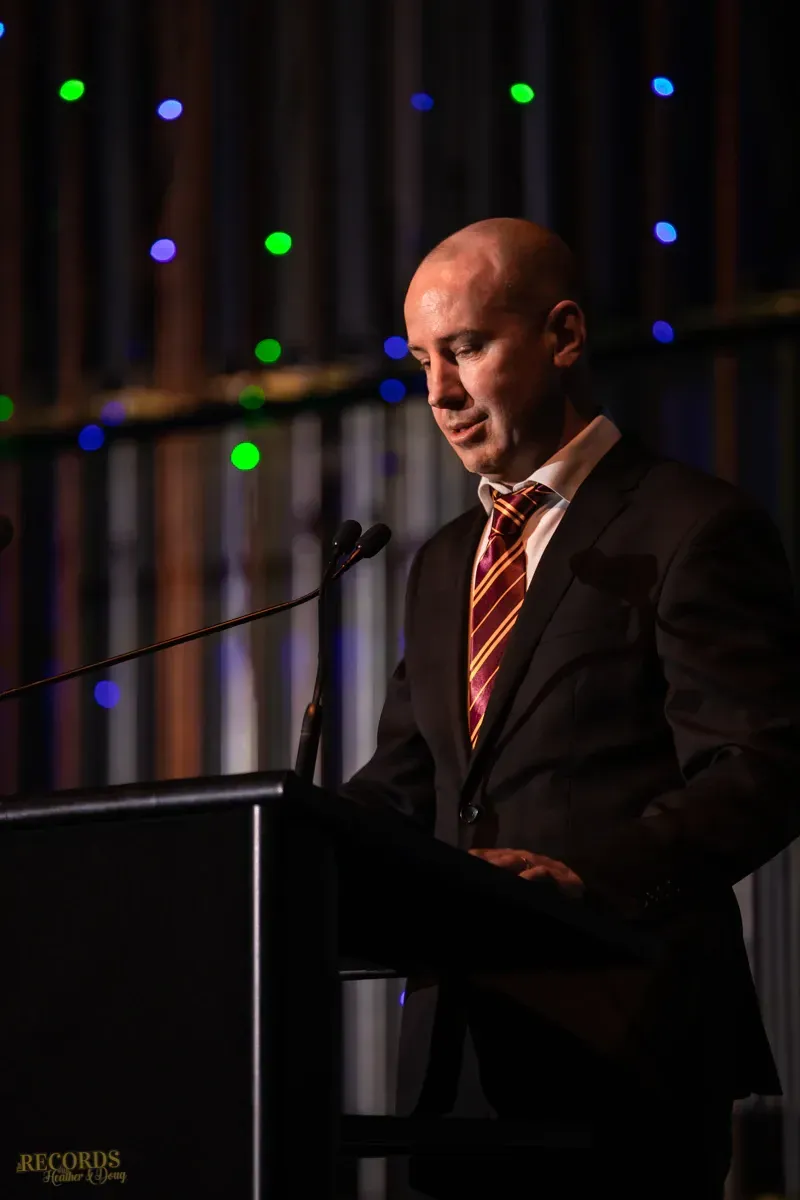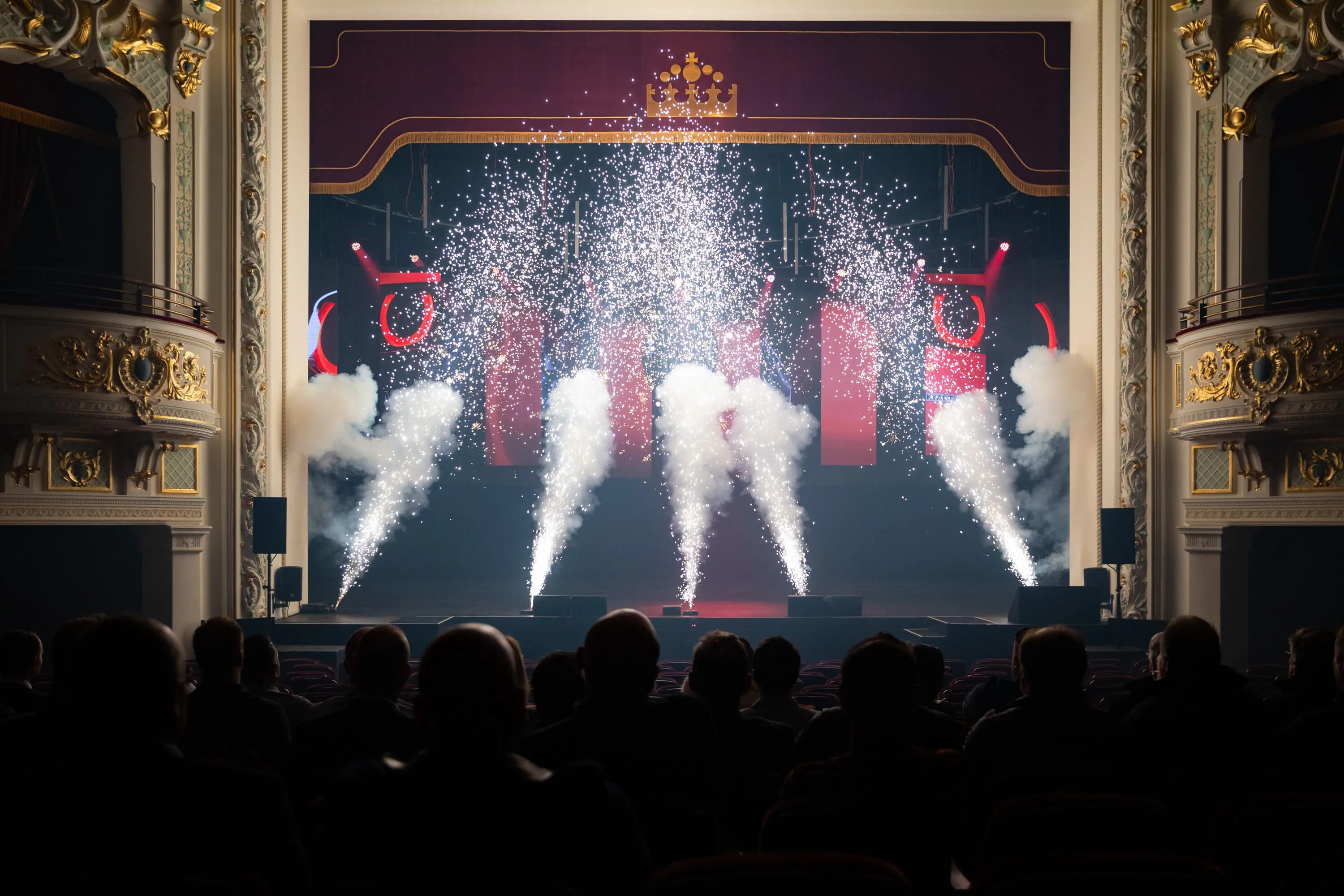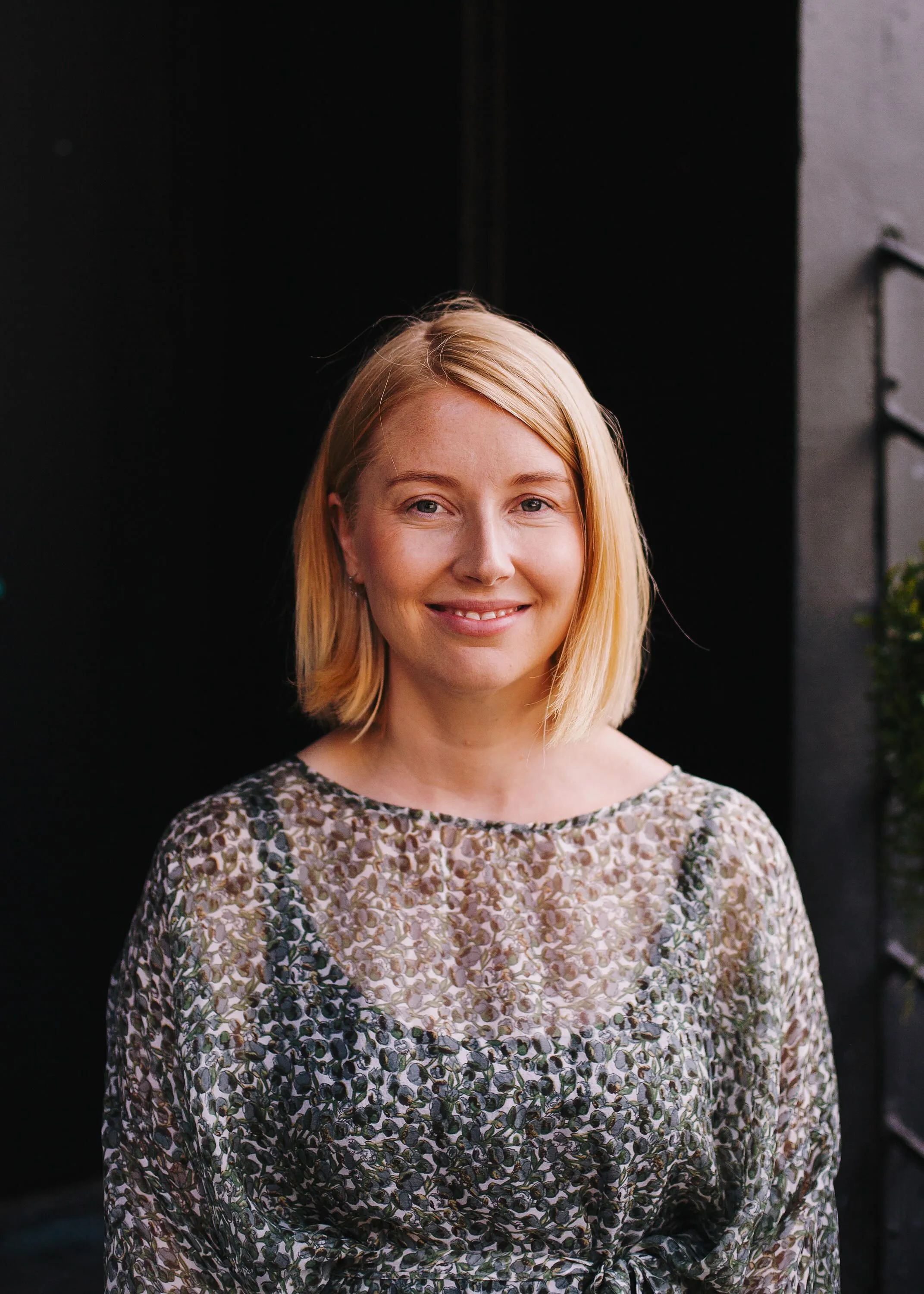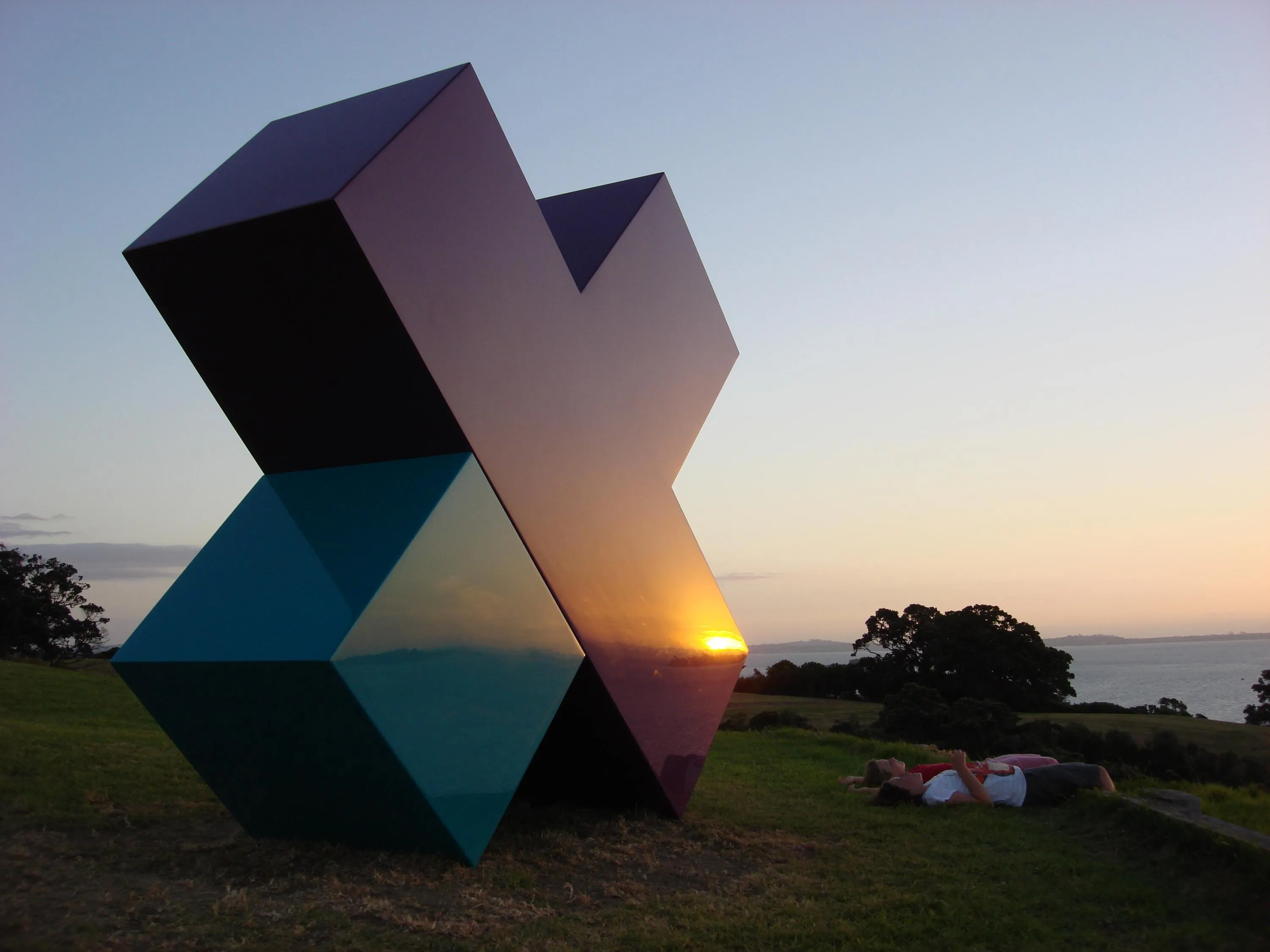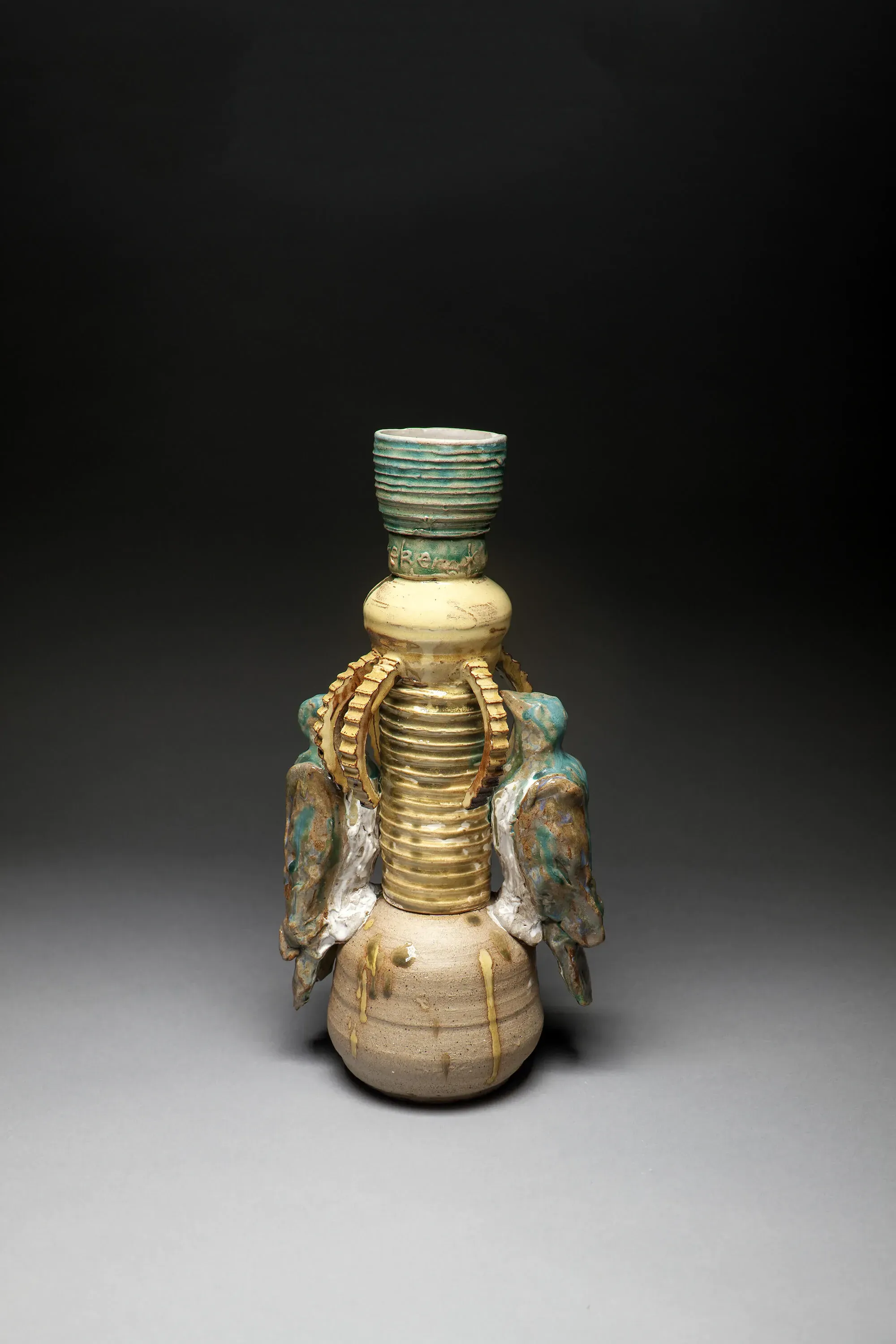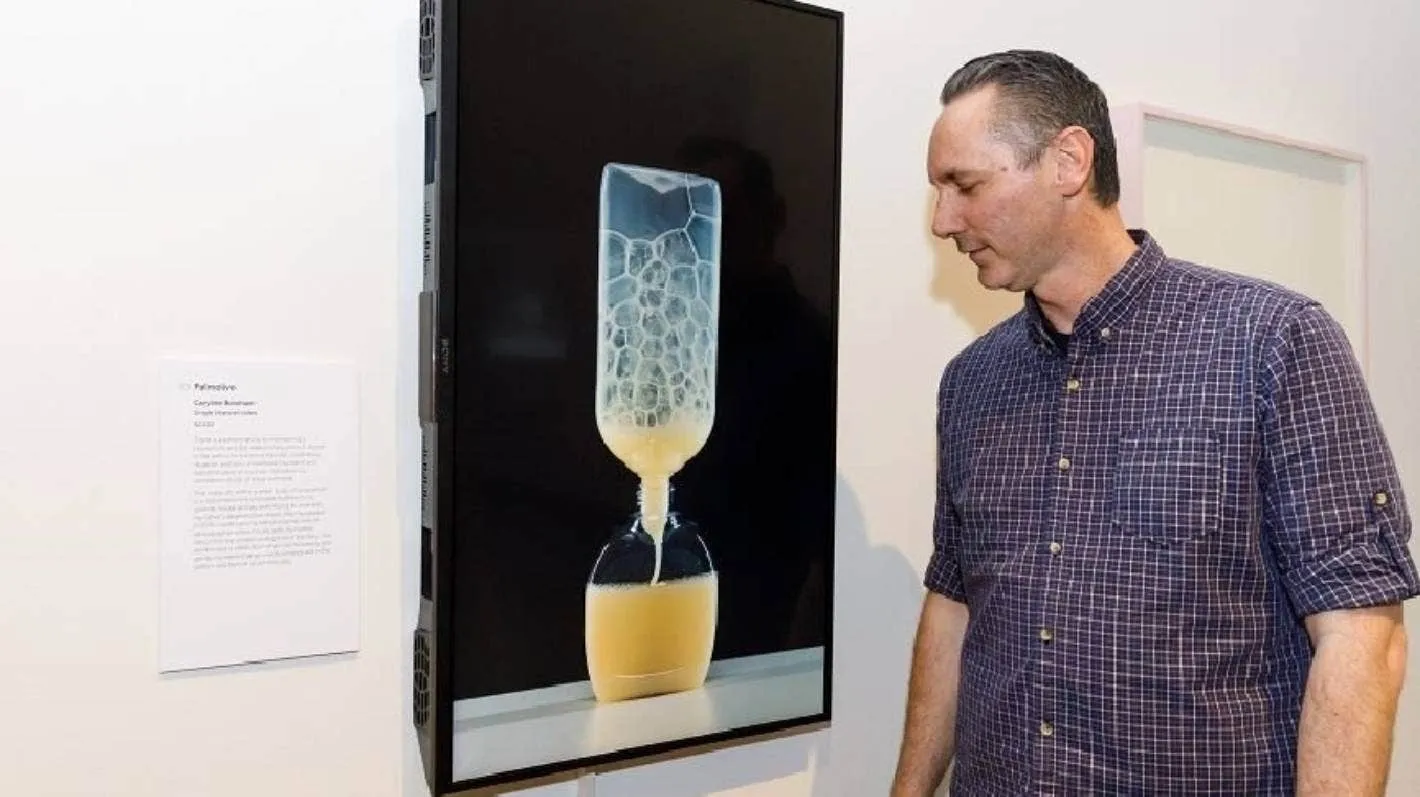Breathing Space or Slow Suffocation?
Written by
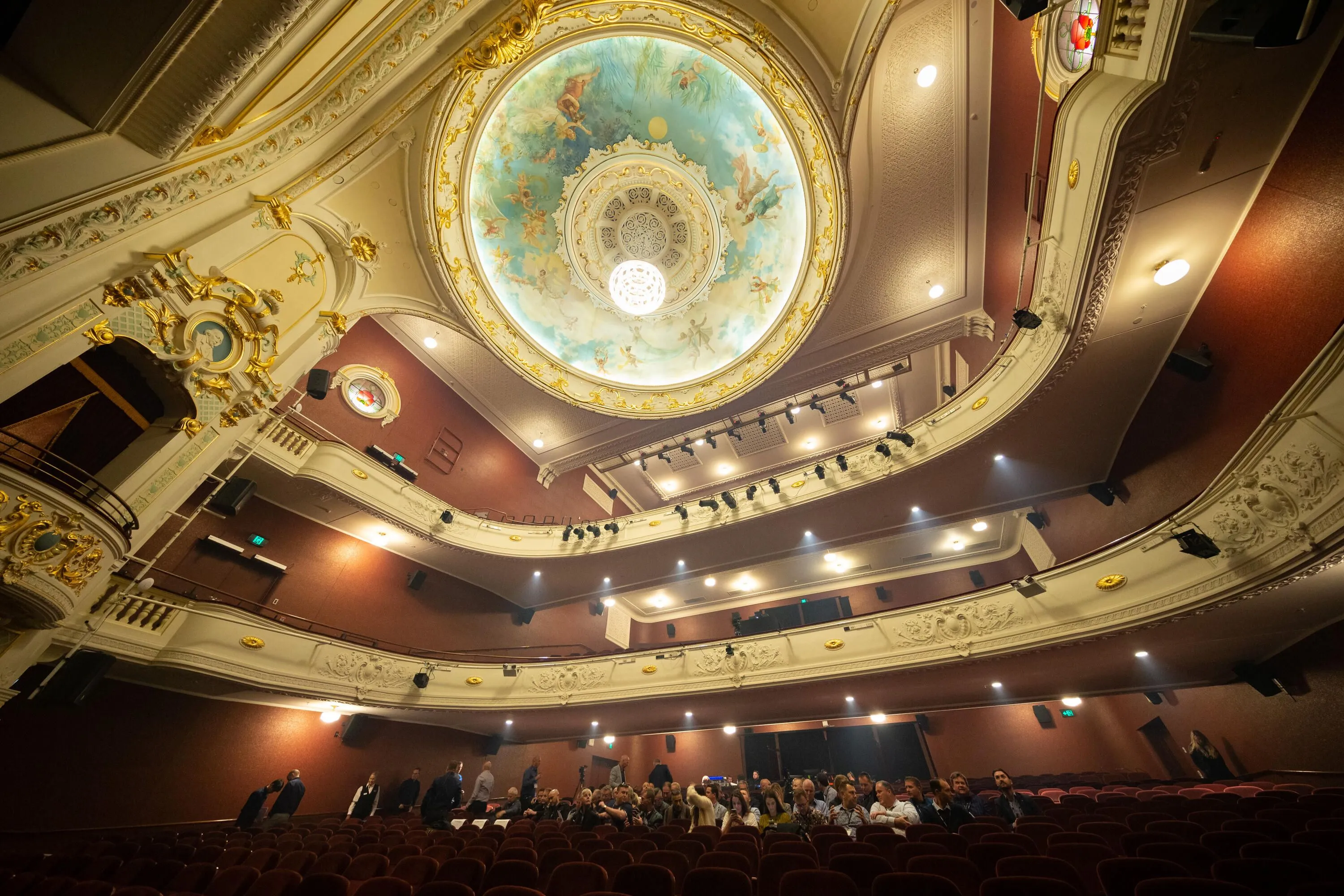
It’s all about perspective.
After weeks of uncertainty and an almost suffocation of the live performance industry - the biggest news of the week for the creative community has offered some a little breathing space.
But sadly for some, that new pocket of air is still out of reach.
As Tāmaki Makaurau dropped to Alert Level Three, nothing changes for the many creatives looking to put on work that’s been, in some instances, years in the making. It’s nothing more than Lockdown with better coffee and takeaways.
The real news came for the parts of the country remaining at Alert Level Two - with the painfully restrictive Delta detail of a maximum of 50 people at a venue or performance relaxed to return to the “original” Level Two allowance of 100 patrons.
This level of relief, as Stuff calls it, is certainly being felt by some of the smaller venues throughout the motu.
Gavin Rutherford from Circa Theatre in Wellington says “it means our productions will be jumping back into life,” before stating “the next question is whether people have the stomach to come to theatre again.”
Others like fellow capital theatre company Bats will look to up their show output in a bid to try make back some of the money and opportunities lost during lockdown, but the numbers here are much more about break-even than bounce back.
But there are many who still won’t be able - both financially and logistically - to open the doors in the new Level Two conditions.
CEO of Christchurch institution the Isaac Theatre Royal Bob Mangan told The Lowdown that Level Two continues to hurt the larger venues. They’ve already lost several events and recent announcements directly impact their ability to put on the upcoming (and already well supported) season of Madagascar.
“The live entertainment industry is doing it very tough. We are losing shows and we don’t have enough visibility on when we will be able to operate at normal or close to normal levels. The toughest aspect is dealing with the uncertainty, which impacts our ability to be able to plan ahead.
“Our industry is very resilient, but lockdowns and inconsistency and confusion with decision making is taking its toll.”
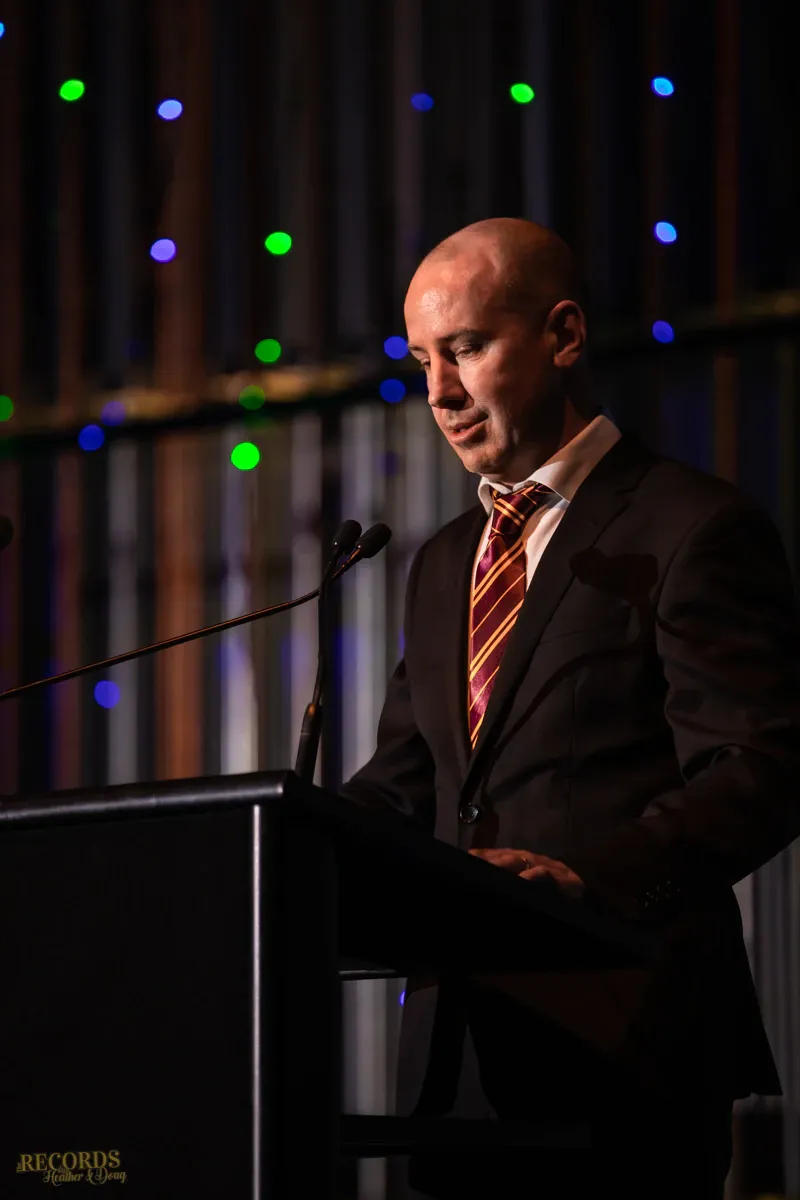
Bob Mangan, Photo: Supplied.
Spare a few well-publicised escapees to Wānaka, the South Island hasn’t had any Delta headaches of their own. Mangan’s calling for consideration for ”larger entertainment venues in the South Island (to) be able to operate at 100% capacity. But if that can’t happen, then there needs to be the ability to operate at a higher threshold then what currently exists,” Mangan suggests a percentage of normal capacity, citing 75% as a proposed figure.
“We (the South Island) either need to be in Level One - as long as it’s safe to do so - or the capacities for the needs for these venues has to be reviewed. If we can’t go down to Level One, we’d like visibility on when it is likely.”
The news of the Alert Level Two capacity rise couldn’t save the Tauranga Arts Festival, this week announcing the cancellation of their 2021 programme.
Artistic Director Gabrielle Vincent told The Lowdown “it was a bit too late at that point, it affected us in so many other ways.
“Because of the lockdown, companies weren’t able to rehearse, obtain shipping items that they needed and a whole lot of other COVID related issues. We lost time in terms of marketing, managing logistics and generally preparing for our 10-day festival.
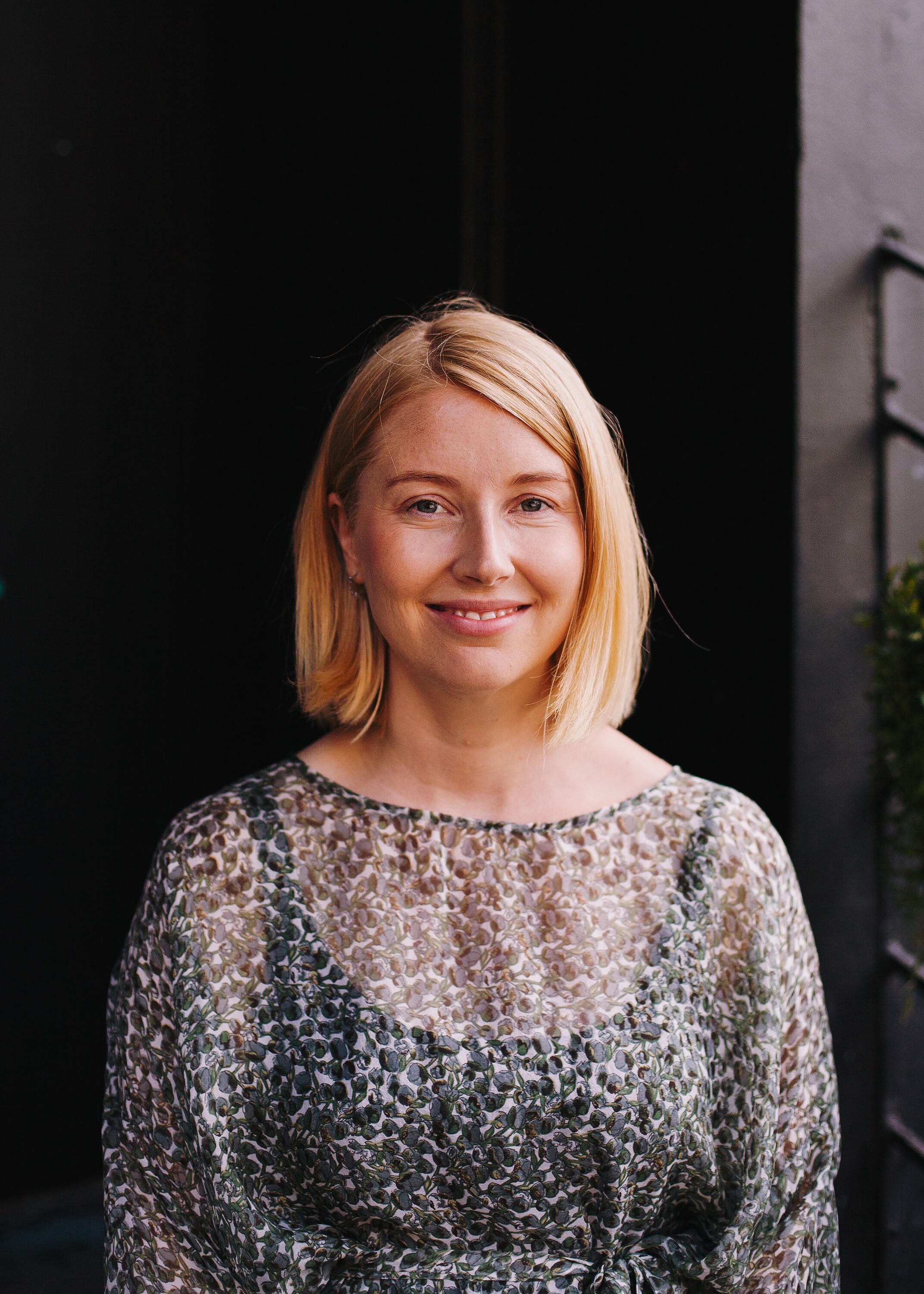
Gabrielle Vincent. Photo: Supplied.
“It’s absolutely devastating and it’s so hard on independent artists, I think they’re really struggling in our industry at the moment, We were sharing events with other festivals, both us and Nelson have had to cancel pretty much all our live performances so that’s made it really difficult for artists.”
The list of announcements this week alone is draining to read. November’s New Zealand Tattoo and Arts Festival in New Plymouth is postponed again, while Auckland’s needing to cancel or move shows by the day.
Tu Meke Tūī! Live On Stage has had to scrap its October tour dates in Auckland, Hastings, New Plymouth, Tauranga and Hamilton due to the uncertainty, while Artweek Auckland 2021 will now go ahead (fingers crossed) on 5-14 November.
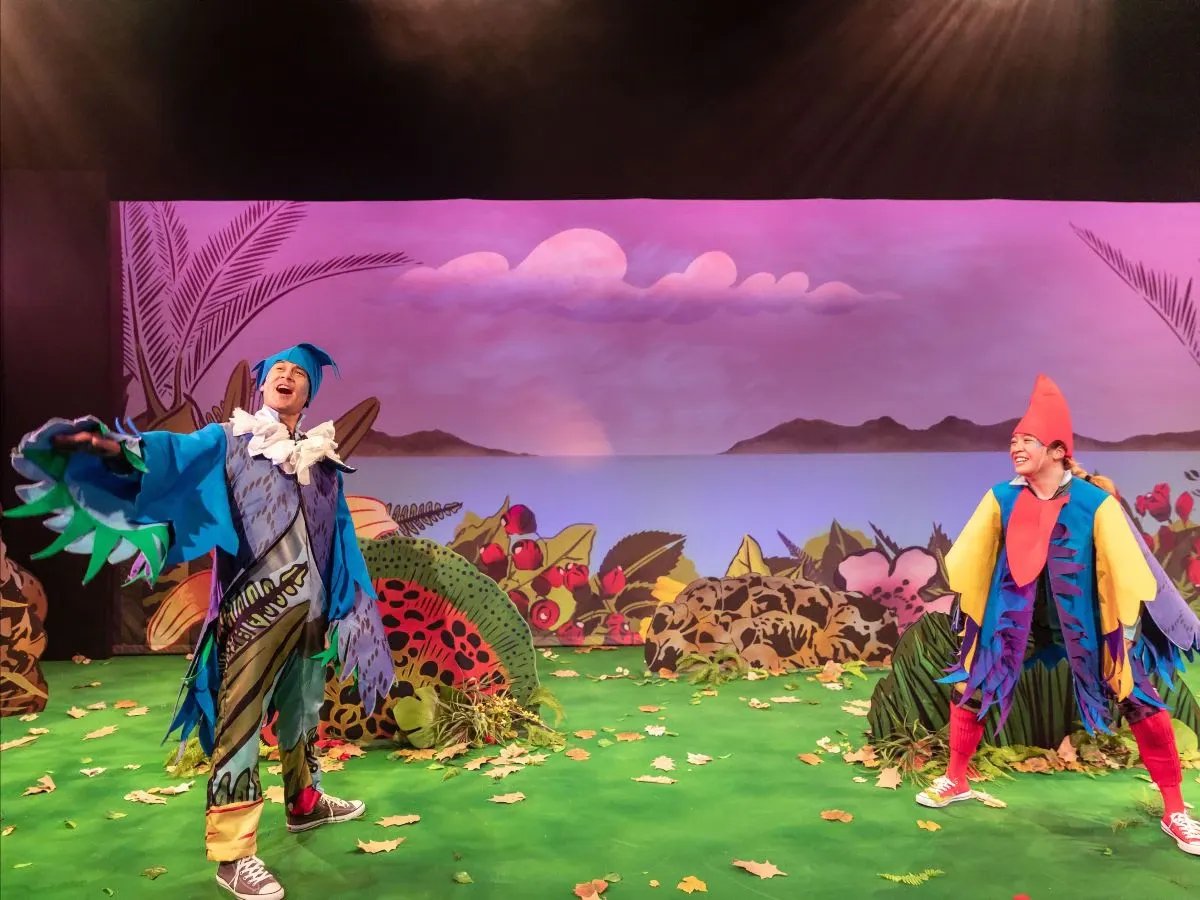
Tu Meke Tūī! Live On Stage. Photo: Supplied.
Auckland Theatre Company’s return season of the acclaimed Haka Party Incident has been cancelled - with ATC announcing the cast and crew would continue to be paid, with those tickets holders in a position to support asked to consider donating the price of the ticket to help do so.
But this is a creative sector - and some creative solutions are being found.
Next month’s Te Tairāwhiti Arts Festival has moulded its offerings to the conditions - and turned itself into a cultural offering of two parts.
The Festival will still go ahead between 8-17 October but as a locally focussed event, utilising galleries, open spaces and venues throughout the Tūranganui-a-kiwa region.
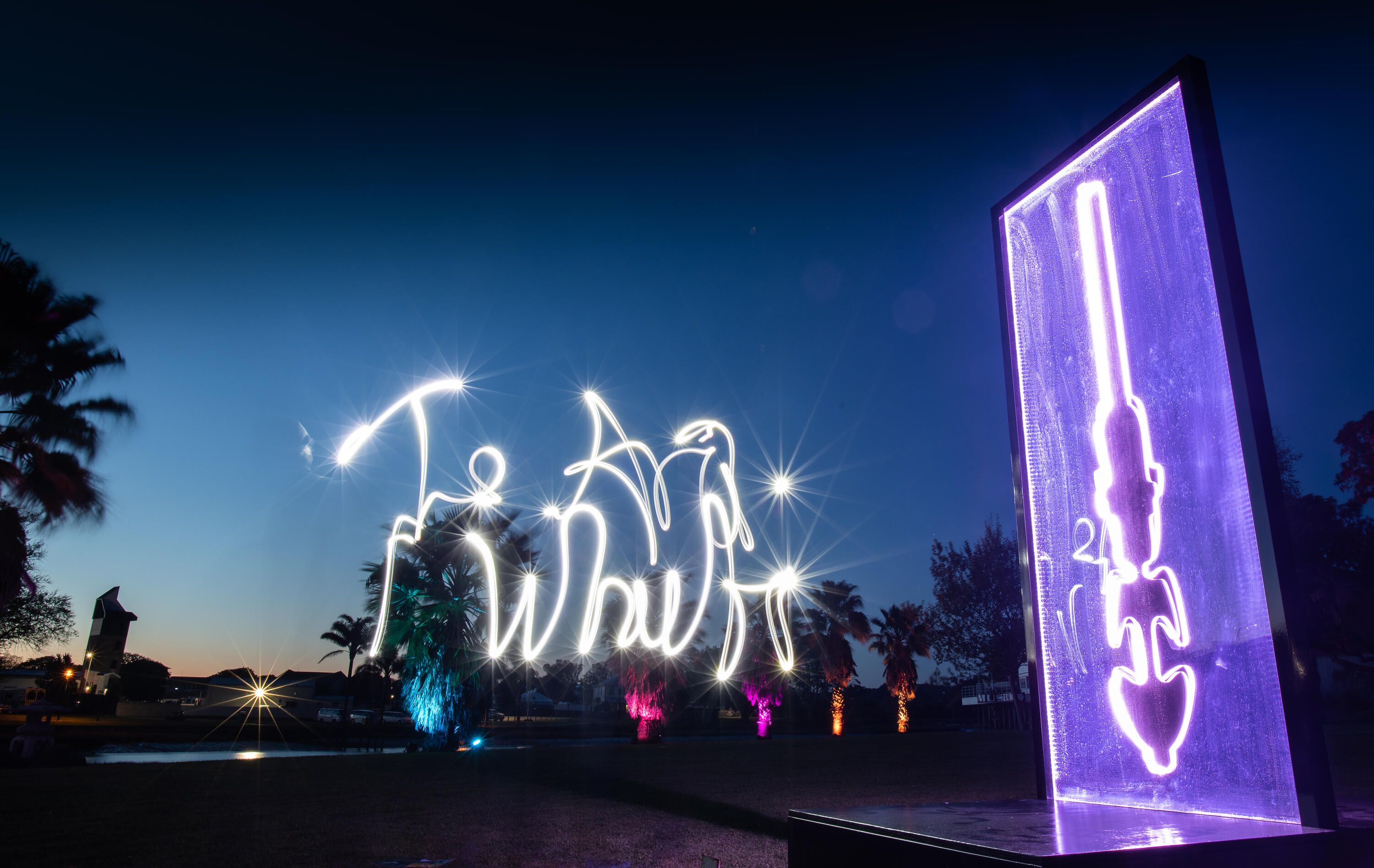
Te Ara i Whiti lightwalk will still be part of the programme. Photo: Supplied.
It’s the live performances that have been split from the original programme - with most of the musical events moved through to 3-13 February, taking in Waitangi weekend.
There have been some casualties, with the dance performances and some of the theatre offers cancelled, but this proactive step ensures the show goes on in a wider capacity.
Artistic Director Tama Waipara told The Lowdown “our whole premise is based on the fact that what is already here is truly special and unique so most of our focus is on how we can showcase and uplift that aspect.
“But like everything else, we have whakapapa links across the country, we have connections with artists and companies that go well beyond physical location. You only need to look at kaupapa like Te Matatini or our regional kapa haka competitions to see when you exist inside a community as part of its creative ecology, it’s more than just about shows and events. It’s actually about ‘what does your community need at that time?’
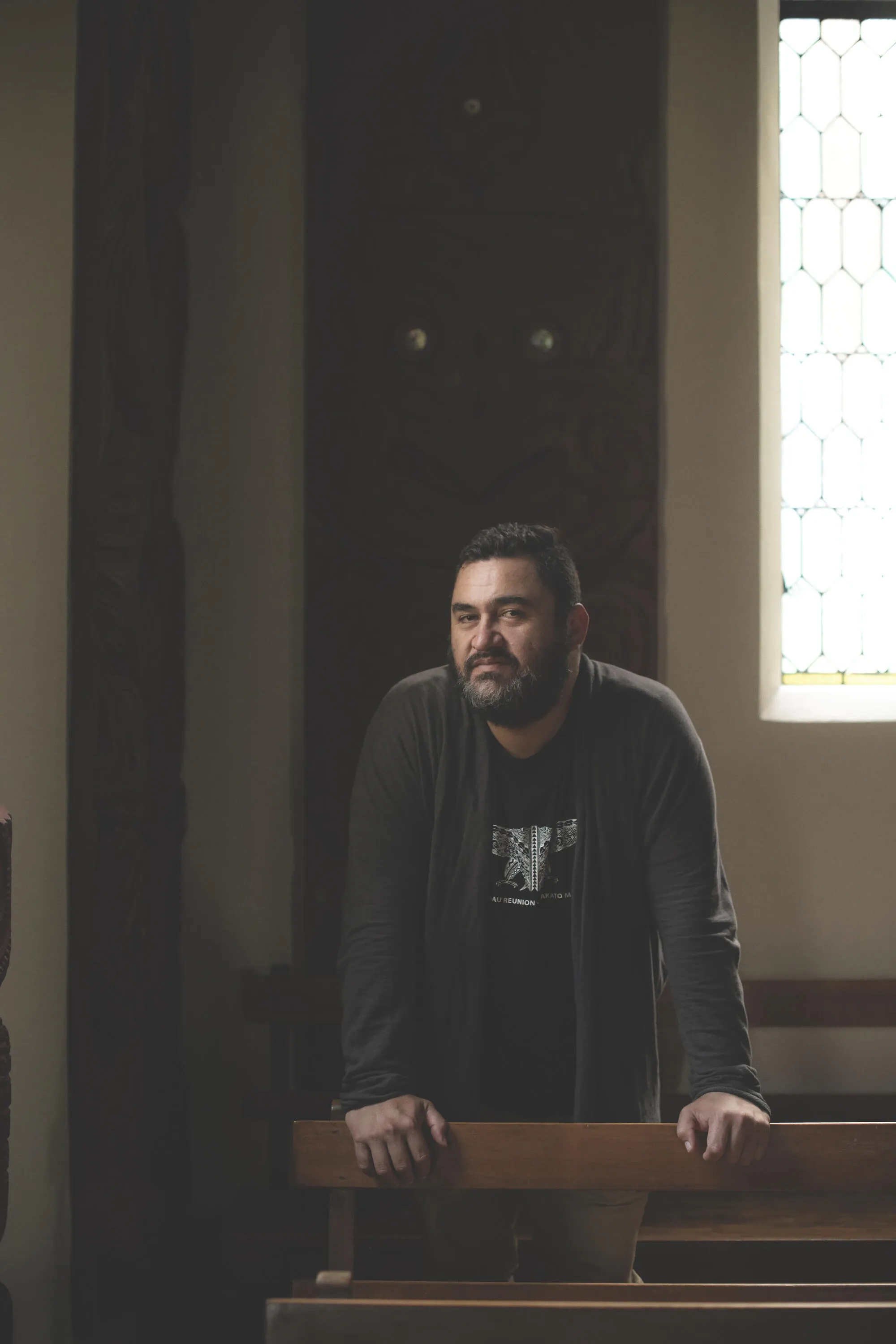
Tama Waipara. Photo: Supplied.
“I certainly don’t claim to say we’ve got it right because we’re learning all the time. What we’ve done is based on common sense, safety, but also a desire to really make the point that creativity allows us a space to centre wellbeing. If we’re just trigger happy and continue to cancel everything without looking for alternatives, that does something to our collective wellbeing as well.
“That said, certainly with colleagues in the festival world who have already been through cancellations, postponements, lockdowns, there’s a lot we’ve been able to learn from them in conversation with each other. While we might appear to be unique in that sense, we’re very much part of a wider conversation and a greater arts community.”
Vincent is another who feels that sense of community within the creative sector. “People are pretty heartbroken with all these cancellations happening. I feel really lucky to be in close contact with all the other regional festivals that usually present around this time. It feels wonderful to have a group of people to talk to and navigate our way through this.”
Much like Te Tairāwhiti, others are thinking creatively to stay as involved as possible and make the most of what opportunities they still do have on the table.
Vincent is looking to beef up Tauranga’s Escape! Readers and Writers Festival with more events next year before the biennial arts Festival returns in 2023 (which would be a four-year absence for art lovers in the region).
Mangan says The Isaac Theatre Royal is introducing shows that can be presented in this environment, including drama workshops returning next month and pursuing other innovative and ways to bring their community together, provided it is safe to do so.
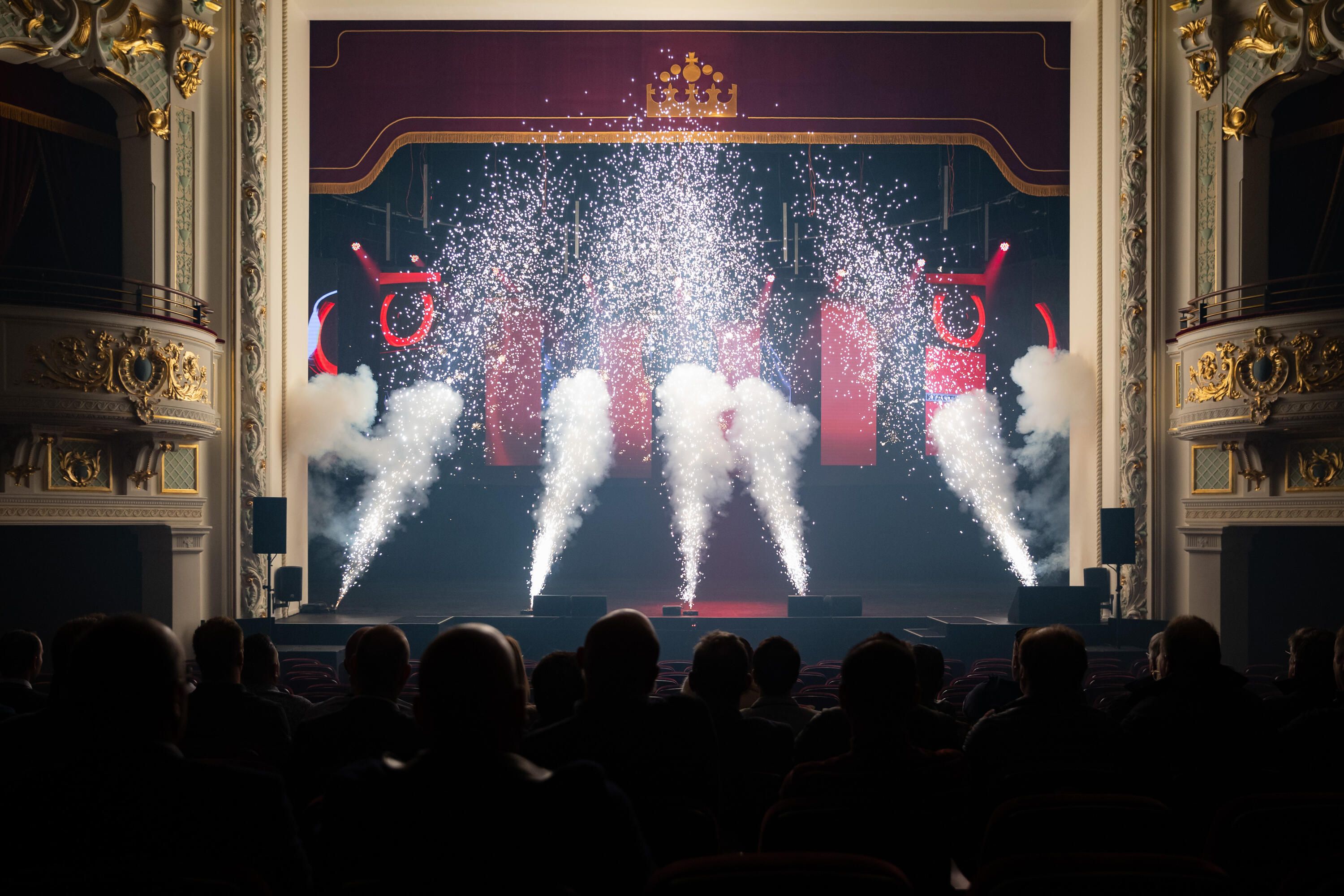
The Issac Theatre Royal. Photo: Supplied.
Christchurch arts lovers also have the return of Tiny Fest across 26-28 November to help fill the void left by the demise of the Christchurch Arts Festival - and still have SCAPE Public Art Season 2021 to look forward to - pushing back its start date to 19 November to run for an extended 8-week, summer season.
Stronger together
What the above kōrero has reinforced is a united call for support and advocacy for the creative community.
Mangan wants to see more specific support for the industry - both for the lockdown period and during the reboot of the sector, with event development and community programming among his key considerations.
Vincent hopes to see a return of the artist relief funds that were so beneficial for independent creatives in the first Lockdown.
Waipara agrees and states that extends well beyond financial backing.
“All of the companies and artists we’ve dealt with have been very gracious and forgiving but I’m mindful that it’s a delicate balance. We have a responsibility both contractually and also morally about how we work to support our ecosystem and what is our place inside that.
“The ones I really feel for are the ones who don’t have robust platforms or support networks who are doing it on their own - particularly our Māori artists, our Pasifika artists, our independent artists, those who are already marginalised in the first place. This has really hit them even more so, in an even more damaging way.”
Clearly, the voice of the sector needs to be heard - and there are several platforms for doing that advocacy right now.
Manatū Taonga Ministry for Culture and Heritage is seeking feedback fo the Government’s Long-Term Insights Briefing (LTIB) - and has a survey that speaks directly to the thoughts and issues of the creative community.
You can find the survey here - submissions are open until 26 November - which feels like a long tail but there’s no time like the present for giving your thoughts. This is genuine long-term discussions, including an inviting long form answers to questions like ‘Which components do you consider to be most fundamental in fostering a sustainable and impactful cultural sector in the next 10-20 years?’
Thinking shorter term, some of the country’s regional bodies are putting out their second State of the Arts survey this month to gain some insight on the pressure points of the creative community. It’s driven by Toi o Taraika Arts Wellington,Te Taumata Toi-a-Iwi and Creative Waikato.
Like mother, like daughter
In last week’s Lowdown it was Jane Campion - this week Jessica Hobbs has been flying the New Zealand flag proudly overseas.
Hobbs has been widely acclaimed for her Best Director victory at the Emmy Awards for her work at the helm of Netflix’s hugely successful The Crown.
It’s being celebrated by many - including her own celebrated family, with siblings Rebecca, Katrina and Chris Hobbs who have strong film and TV careers of their own. But perhaps the proudest - her mother, Aileen O’Sullivan, who got a special shout-out during Hobbs’ acceptance speech.
But this is more than just a “I want to thank my parents” throwaway comment. When referencing the fact not many other women have won this award in the past, Hobbs declared to the world “I feel like I'm standing on the shoulders of some really extraordinary people, I'm very grateful for the path that they led. I'd particularly like to pay tribute to my mum, who at 77 is still directing.”
It’s no wonder she admires her mother so much. O’Sullivan’s been a hugely successful and influential director on our screens for decades - including iconic TV shows like Gloss and the Billy T James sitcom. She even made a documentary with her daughter - along with other mother-daughter creative combos called It's in the Genes Girls.
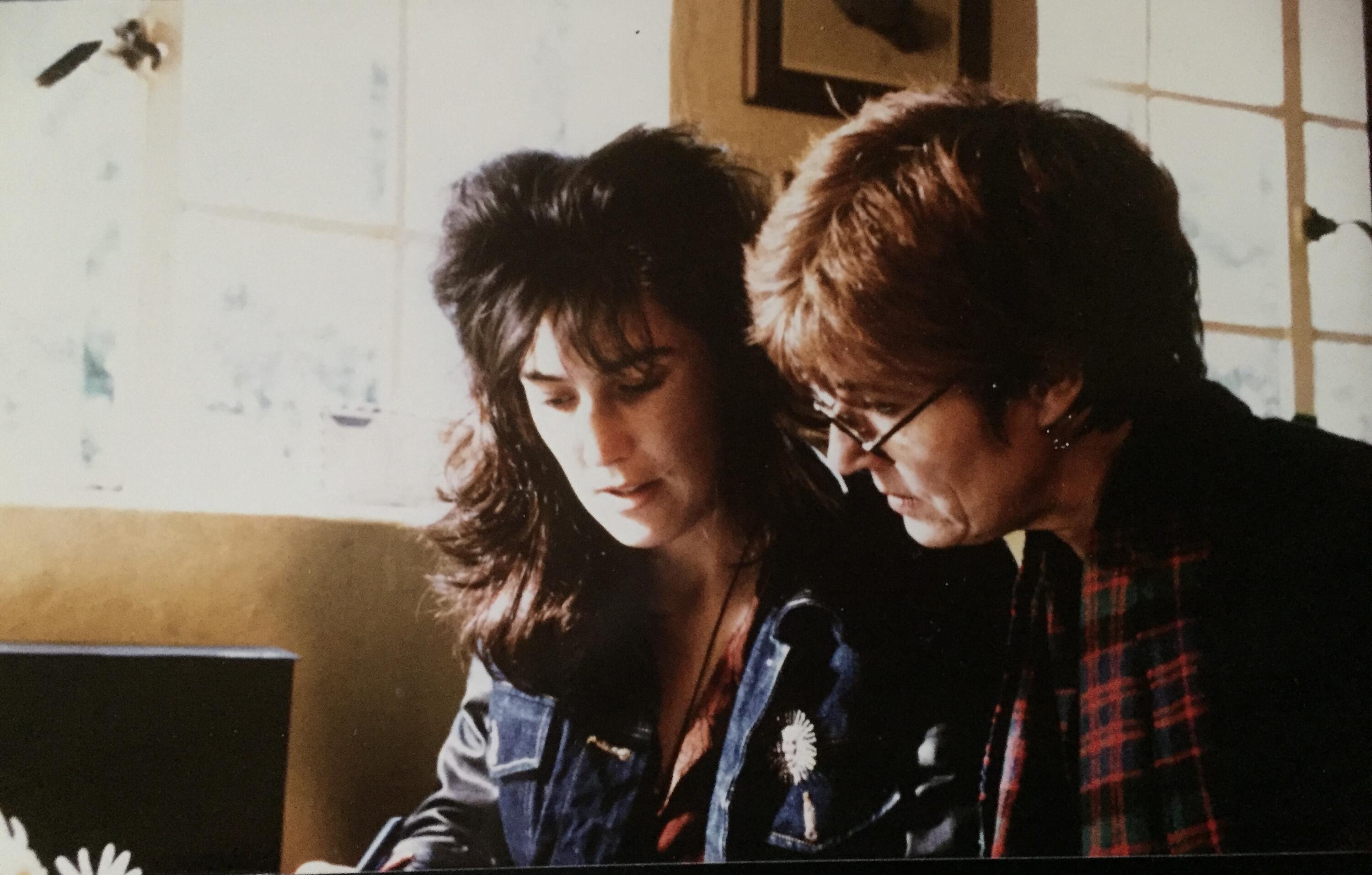
Future Emmy Award-winning director Jessica Hobbs with mother Aileen O'Sullivan back in the early 1990s. Photo: Supplied.
O’Sullivan was still beaming when she spoke with The Lowdown “It’s thrilling to see her work acclaimed and recognised. As with most directors, she’s carved her own path. She’s had some good breaks but it all comes on the back of the quality of the work that she’s done.”
Crediting Jessica’s Kiwi attitude as “a part of her charm - she’s feet on the ground with a wonderful imagination - a good combination” and her strong sense of story as part of her success, O’Sullivan never let her career get in the way of being a mum. It served as an incredible grounding in the industry for her offspring.
“I always wrote into my contract that the kids must have complete access to me, always. I think they probably all found it all quite boring as kids do, but it was simply a world that they knew.
“With all our children, they grew up having no illusions about fame and fortune, I think they would have realised the fun that you have with a cast and crew.”
O’Sullivan is proud that she and her daughter are part of a legacy of talented female filmmakers from our shores including her own mentor Merata Mita, Campion, Gaylene Preston and Niki Caro.
“When you’re working, your head is in what you’re doing and I suppose when you sit back and people point out there’s a dearth of female directors, you think, yeah, there is.
“I was thrilled that Jessica pointed out that it was about time that there were more female directors recognised, I thought that was great.”
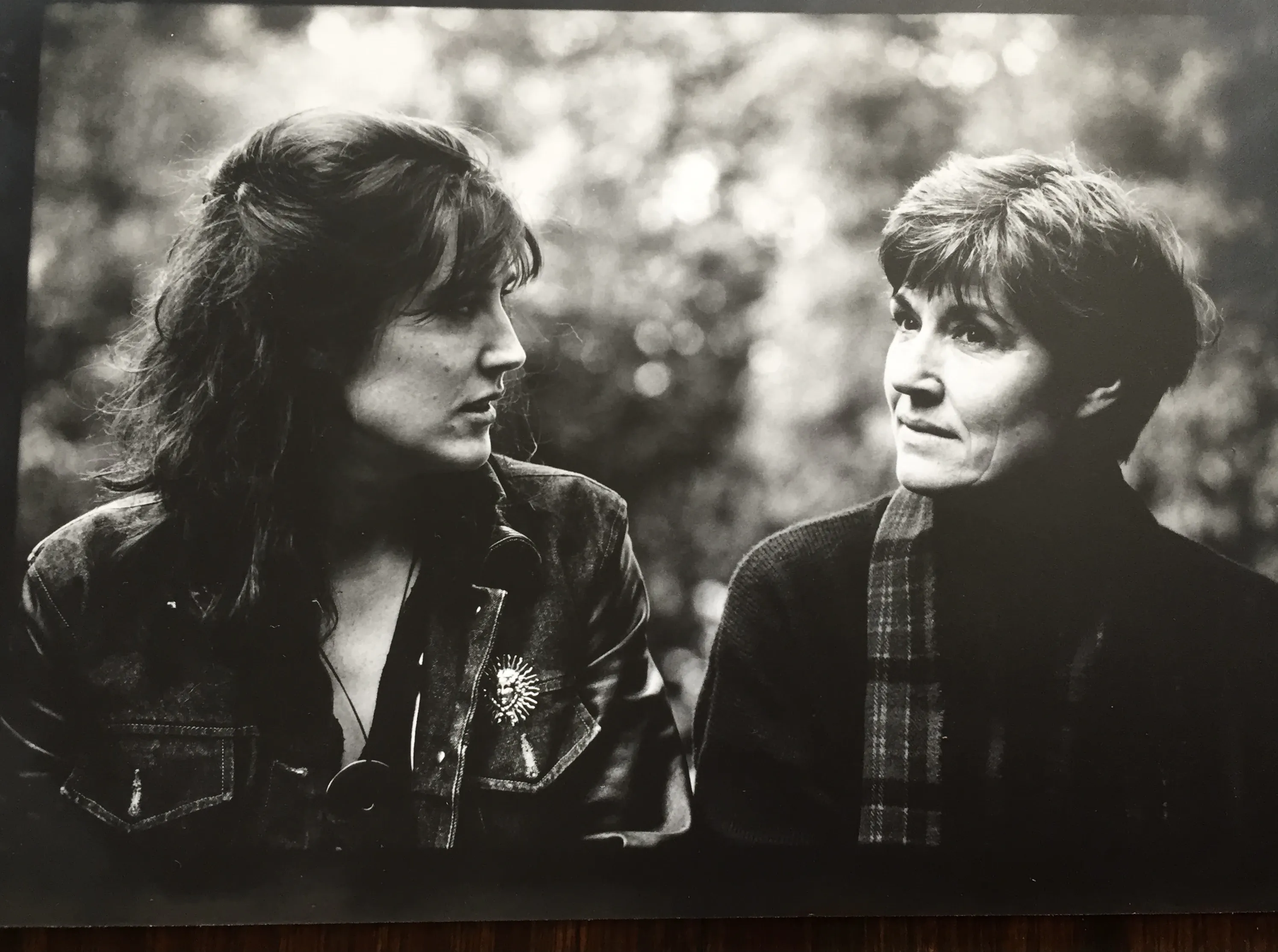
Two exceptional directors, one family - Jessica Hobbs and Aileen O'Sullivan. Photo: Supplied.
Clearly, the apple doesn’t fall far from this talented tree.
Cleaning up
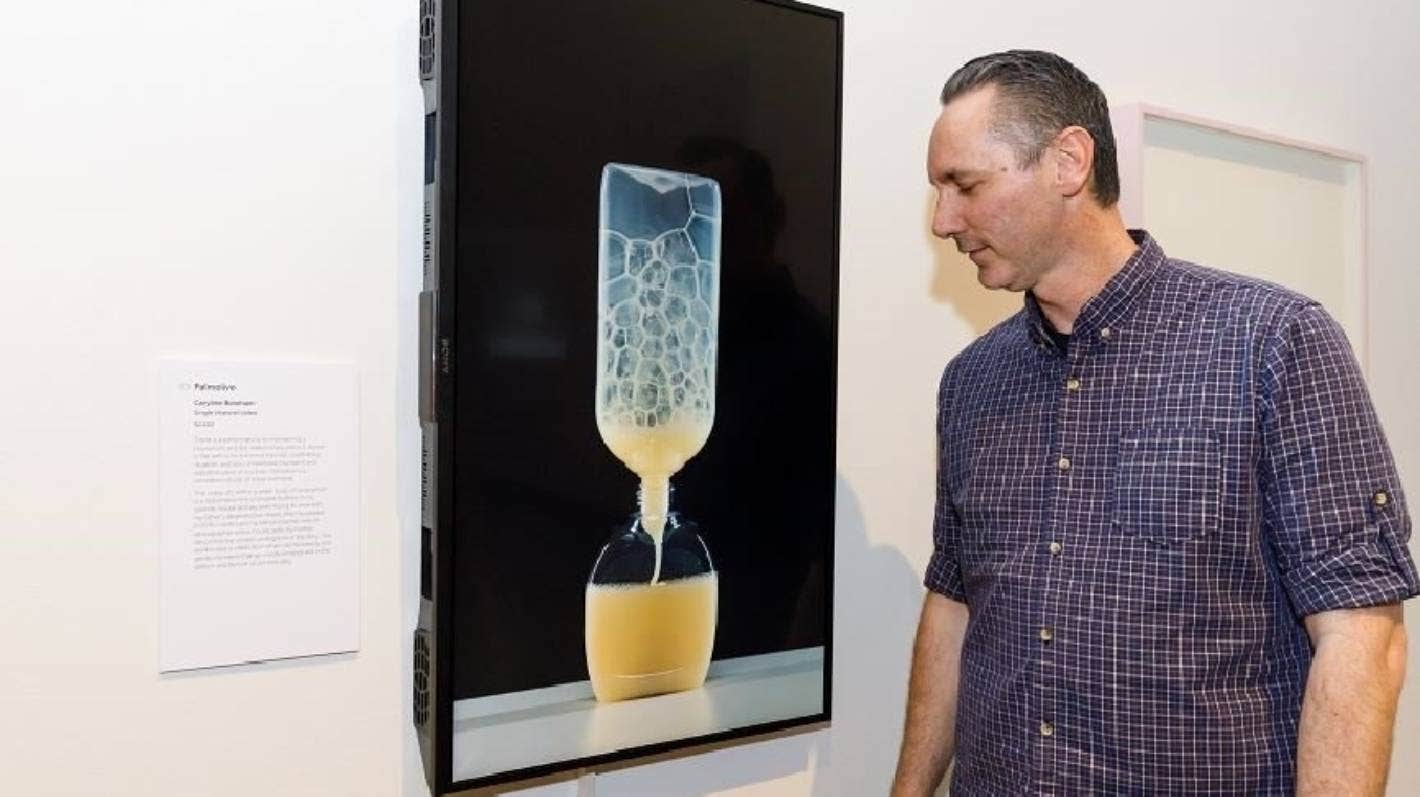
National Contemporary Art Award judge Karl Chitham with Caryline Boreham's work Palmolive. Photo: Supplied.
Also being celebrated this week - Caryline Boreham had added an impressive accolade to her career highlights, winning the often edgy National Contemporary Art Award.
Her “captivating” video work titled Palmolive wowed judge Karl Chitham via the blind-judging process where the artists' names are not known - claiming the overall honour and $20,000 for her efforts - a stunned Boreham describing the piece as such; “Home is the setting for the most intimate, celebratory, ritualistic and also unresolved, mundane and repetitive parts of our lives. Palmolive is a recreation of one of these moments.”
Boreham’s intriguing take on her approach to art has been documented here on The Big Idea - her winning work, along with the 37 other finalists, is now on display at Waikato Museum until 28 November.
Another Auckland-based artist recognised this week is HineWaiKerekere, with her work Kererū i roto i te nikau (Kereru in a nikau) earning her the $12,000 Emerging Practitioner in Clay Award (see below).
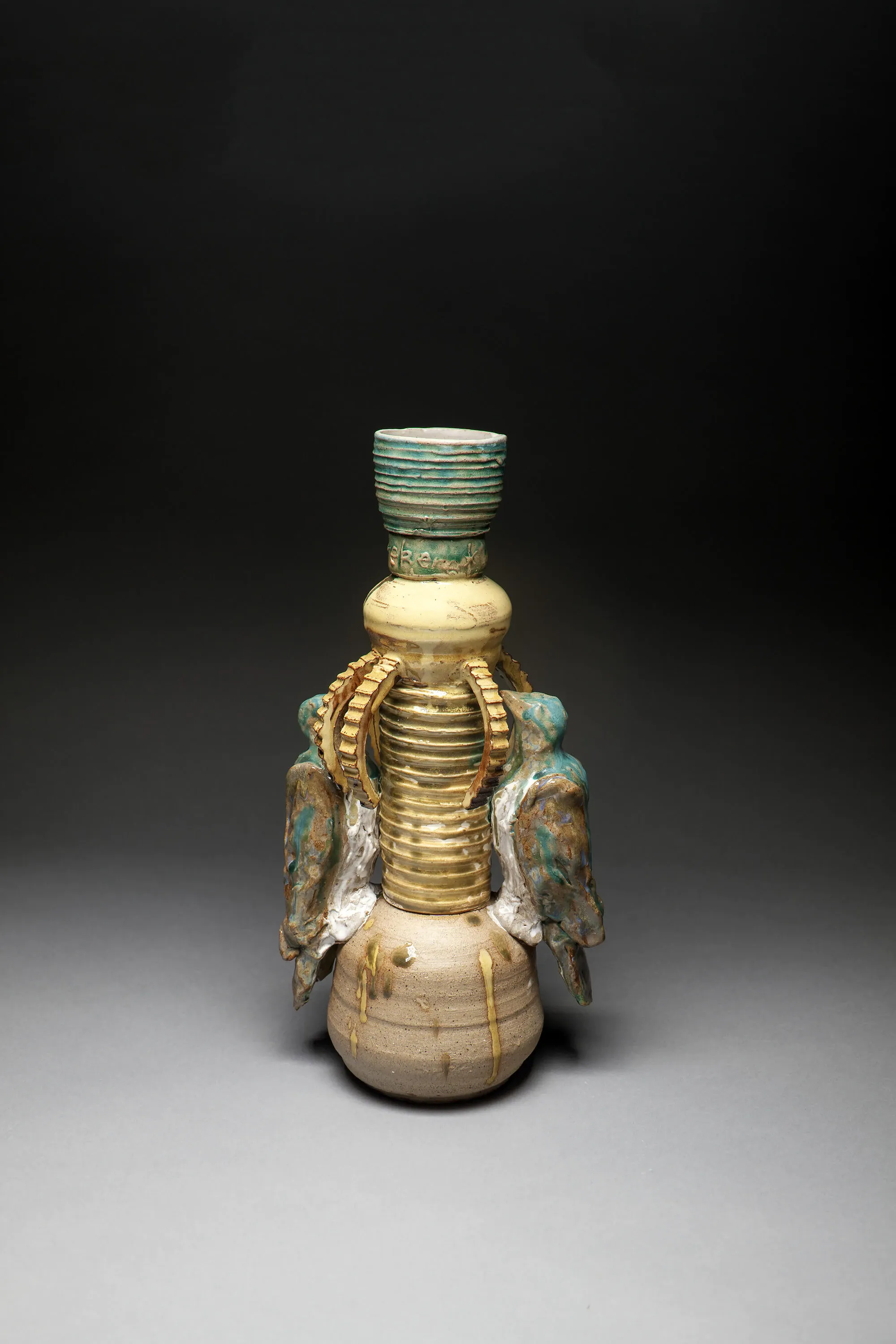
Made using recycled and local clays, as well as reclaimed glaze remnants, the judges remarks on the work state ““The winning piece could only have been made in Aotearoa New Zealand.
Imaged in clay, one of our iconic birds, the Kererū (native pigeon) and one of our iconic trees, the nikau palm, form a trophy-like vessel.”
Finalists in the Award will be exhibited at Quartz, Museum of Studio Ceramics in Whanganui for the next six months.
And it’s about six months time until the artists selected for Sculpture on the Gulf 2022 will unveil their new works.
The Waiheke Island showpiece have announced the 25 participants who have made the cut for the biennial exhibition in March next year - with over 30,000 people expected to see their work over the two week period. You can find the full list of names here.
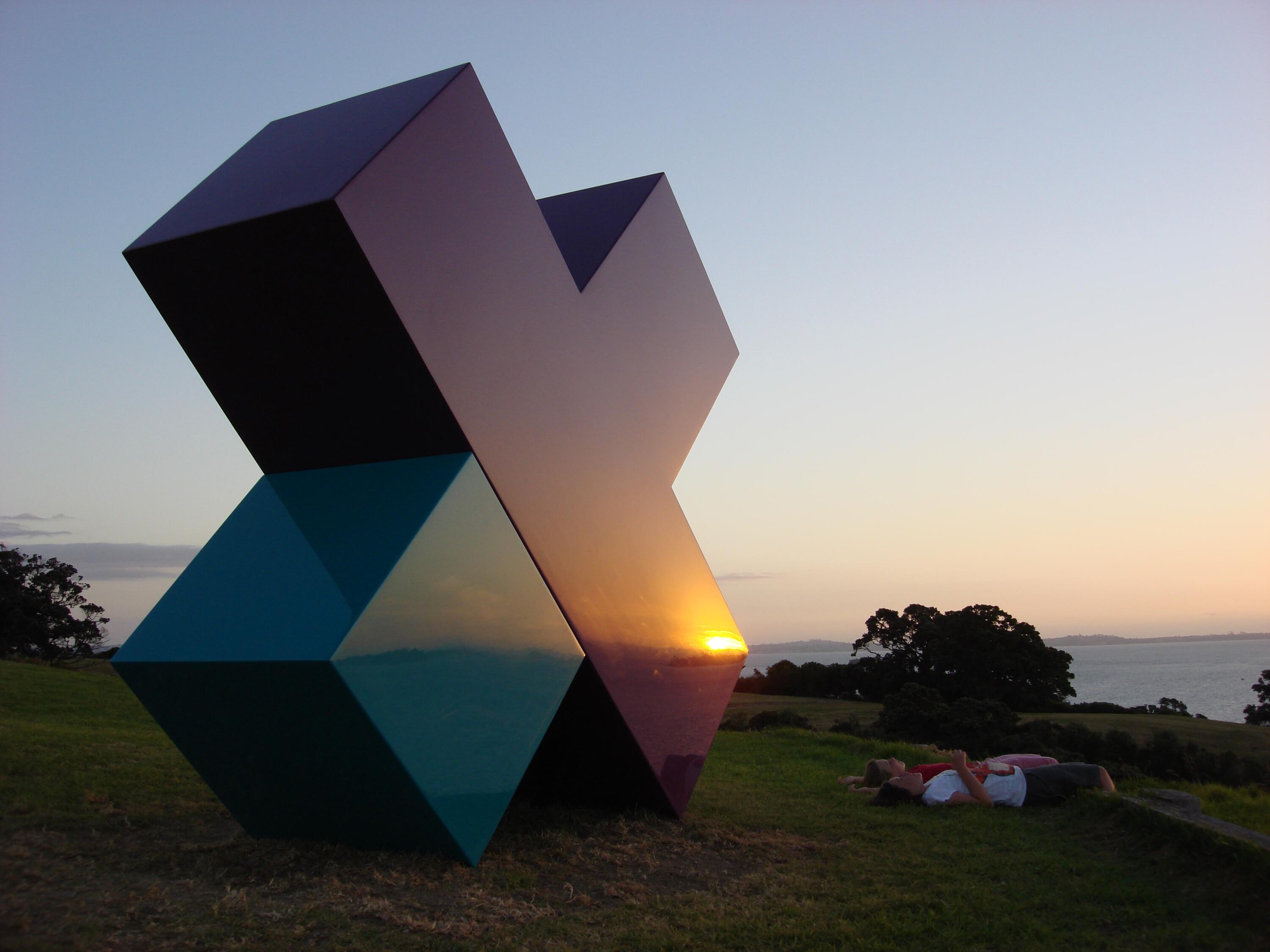
Sculpture on the Gulf has produced some stunning works in the past. Photo: Supplied.
